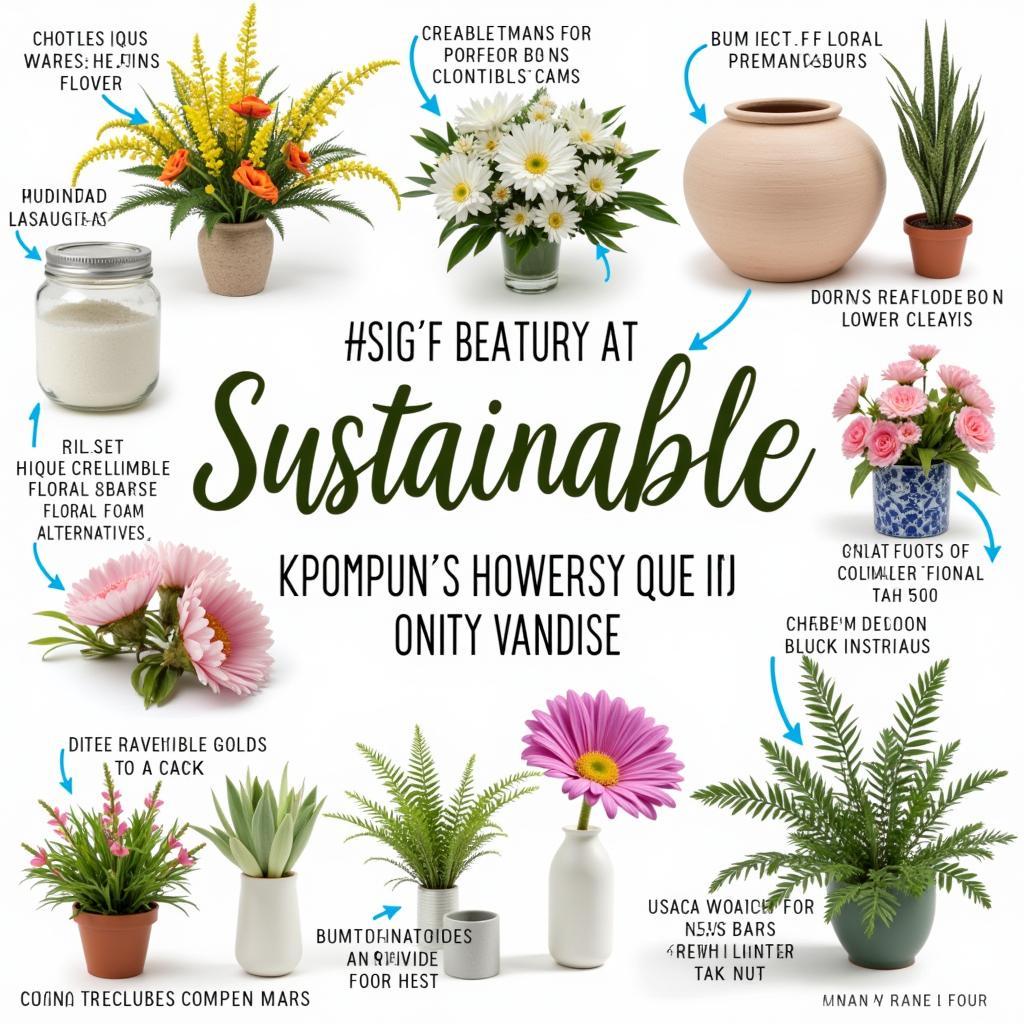Knives for Art: Exploring the Creative Potential of Palette Knives
The term “Knives For Art” may conjure up images of Michelangelo chiseling away at marble, but in the world of visual arts, it often refers to a more colorful tool: the palette knife. Far from being just a utensil for mixing paint, palette knives have become indispensable tools for artists looking to add texture, depth, and a unique painterly effect to their artwork.
Beyond Blending: The Artistic Applications of Palette Knives
Palette knives, with their flexible metal blades and blunt tips, allow for techniques that brushes simply can’t replicate. They’re ideal for applying thick layers of paint, creating textured surfaces, and scraping away excess paint to reveal layers beneath. This versatility makes them suitable for a range of artistic styles, from impressionistic landscapes to abstract expressionism.
Creating Texture and Dimension
One of the most sought-after effects achieved with palette knives is texture. By dragging, dabbing, or scraping the knife across the canvas, artists can build up layers of paint, creating the illusion of depth and dimension. This technique is particularly effective in landscapes, where it can be used to depict rough tree bark, rippling water, or jagged mountain ranges.
Achieving Impressionistic Effects
Palette knives are closely associated with Impressionism, a movement that sought to capture the fleeting effects of light and color. Artists like Claude Monet and Pierre-Auguste Renoir utilized palette knives to apply paint in short, broken strokes, creating a sense of vibrancy and immediacy in their work. This technique, known as impasto, adds a distinctive texture and luminosity to paintings.
Exploring Abstract Expressionism
The freedom and expressiveness of palette knives also lend themselves well to abstract art. Artists can use the knives to create bold, gestural marks, exploring the interplay of color, form, and texture without being confined by representational imagery. This allows for a more intuitive and emotional approach to artmaking.
Choosing the Right Palette Knife for Your Art
Just like paintbrushes, palette knives come in a variety of shapes, sizes, and materials. The best type of knife for you will depend on your individual style and the effects you want to achieve.
Shapes and Sizes
- Round knives: These versatile knives are excellent for mixing colors and applying smooth, even layers of paint.
- Pointed knives: Ideal for creating fine details, lines, and sgraffito effects (scratching through layers of paint).
- Angled knives: Offer a combination of functions, allowing for both broad strokes and detailed work.
Blade Flexibility
- Stiff blades: Provide more control for precise applications and impasto techniques.
- Flexible blades: Offer greater sensitivity and are suitable for blending and creating soft edges.
Tips for Using Knives for Art
- Experiment with different angles and pressures: Varying the way you hold and apply the knife will yield different results.
- Don’t be afraid to mix and match: Use palette knives in conjunction with brushes to create a variety of textures and effects.
- Practice on scrap canvases: Get a feel for the different techniques before working on your final piece.
- Clean your knives regularly: This will prevent paint buildup and ensure the longevity of your tools.
Conclusion
Knives for art, particularly palette knives, offer artists a world of creative possibilities. They are versatile tools that can add texture, depth, and a unique painterly quality to artwork. Whether you’re a seasoned professional or a curious beginner, exploring the world of palette knife painting can be an exciting and rewarding experience. So, grab a palette knife and discover the artistic potential that awaits! You can find a wide variety of art painting knives and other art studio supplies at online art supply store online.
FAQ
1. Can I use palette knives with acrylic paint?
Yes, palette knives work exceptionally well with acrylics, allowing for textured applications and quick drying times.
2. What is the best way to clean palette knives?
After use, gently wipe off excess paint with a rag and use soap and water to remove any residue. Make sure to dry them thoroughly to prevent rusting.
3. Are palette knives suitable for beginners?
Absolutely! Palette knives can be easy to use and offer a fun, experimental way to explore painting.
4. Can I create realistic paintings with palette knives?
While palette knives are known for their textural effects, they can also be used to create smooth blends and fine details, making them suitable for a range of styles, including realism.
5. Where can I find high-quality palette knives?
Art supply stores, both online and brick-and-mortar, offer a wide selection of palette knives. Look for brands known for their durability and craftsmanship. For those interested in exploring metal as an art medium, techniques like metal art engraving offer another avenue for creative exploration. And if you’re looking to incorporate different materials into your artwork, paper art collage can be a rewarding and versatile option.
For any assistance, feel free to contact us.
Phone Number: 02462573573
Email: danteum@gmail.com
Address: Savico Megamall, 7-9 Đ. Nguyễn Văn Linh, Gia Thụy, Long Biên, Hà Nội 10000, Việt Nam.
Our customer service team is available 24/7 to assist you.
